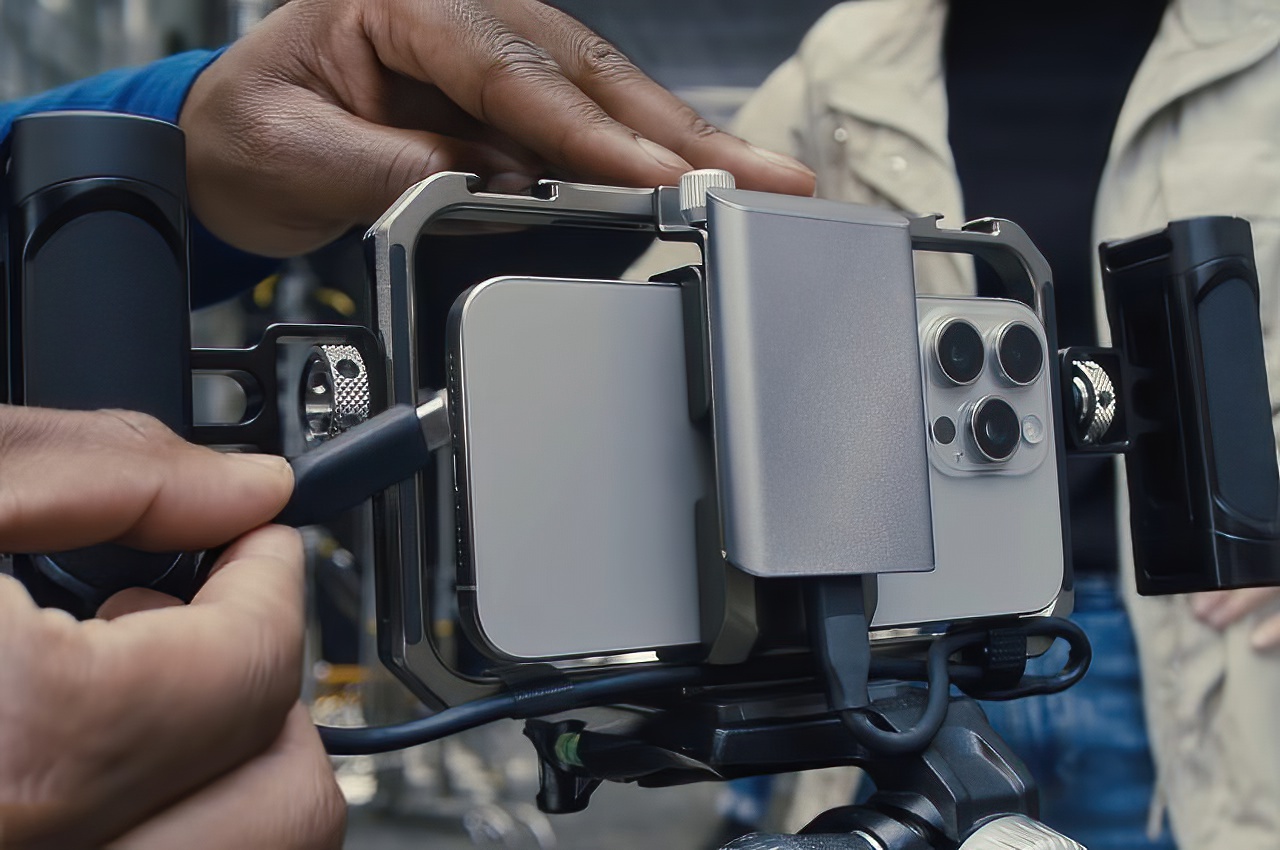
The iPhone 15 Pro and Pro Max have been out for a few weeks now, meaning users have had plenty of time to break their new phones in. Literally, by breaking their actual phone in more than a few instances. A shockingly high number of reports about users experiencing everything from overheating issues to OLED burn-in have flooded the internet in the short time since release, prompting action from Apple itself as the developer has gradually patched out issues.
If this news is enough to dissuade you from upgrading to an iPhone 15, consider that the issues will eventually get smoothed out across the board; Apple is racing to get overheating and burn-in fixed on a software level. And since these issues are mainly affecting Pro and Pro Max users, regular iPhone 15 owners seem unaffected. Still, despite Apple’s statement to MacRumors that the iPhone 15 Pro Max’s design isn’t inherently causing burn-in, there are indeed a few potential weak points that could make an existing problem worse. Fortunately, iOS 17.1 is now in beta as of yesterday, and it could come with some major fixes, but until then, here are a few potential causes of iPhone 15 Pro and Pro Max burn-in to be aware of.
1. Running the screen close to its brightness limit of 2000 nits

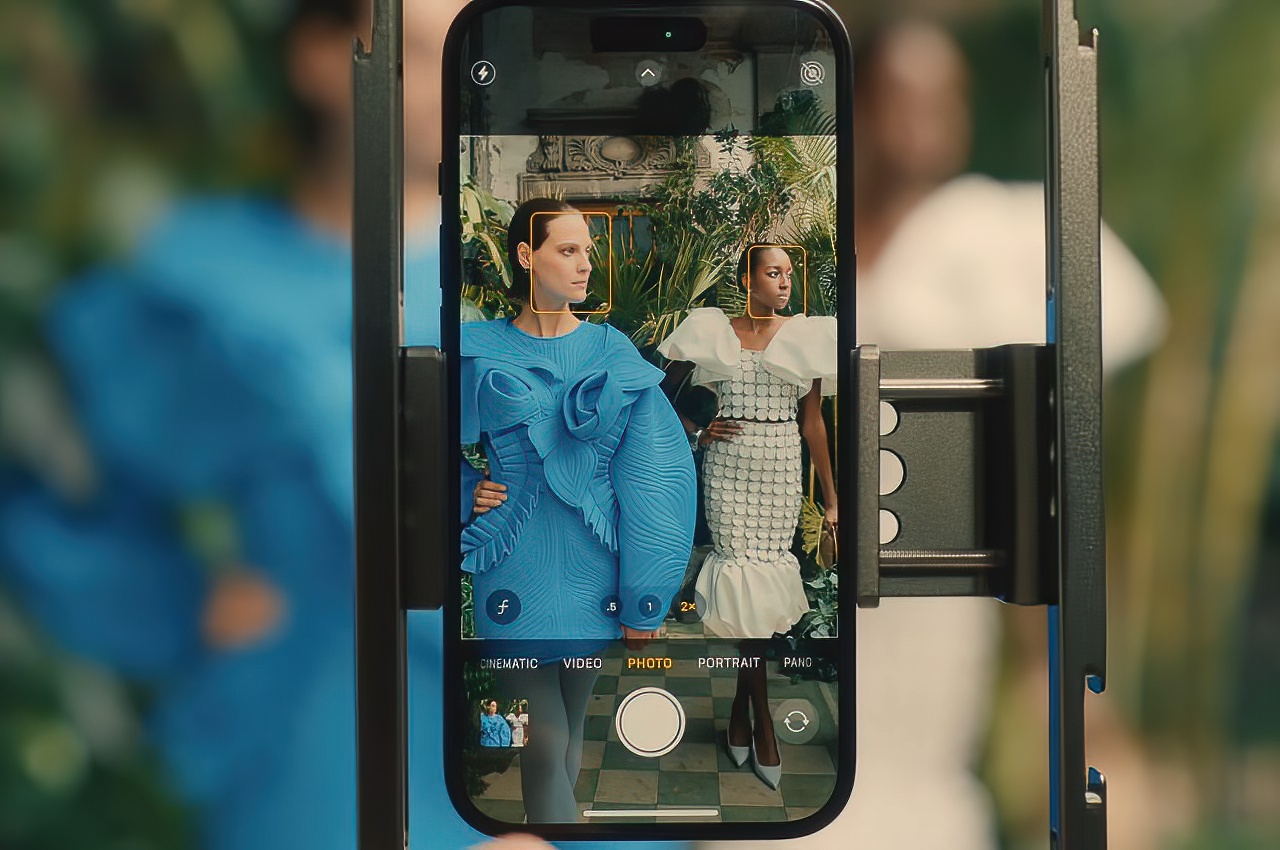
The new iPhone 15 Pro Max has the ability to boost brightness levels to a staggering 2000 nits in outdoor settings. This is generally a welcome addition, especially if you do a lot of outdoor photography and/or videography where brightness and color accuracy are important for getting your shots just right. The only major problem is how taxing it can be to run a power-hungry OLED display at 2000 nits for a sustained period of time, and the iPhone 15 Pro Max’s battery may not be able to sustain 2000 nits of brightness if other software is running the CPU to its limit in the background.
Like any other complex device, the iPhone 15 Pro Max is essentially a series of tightly-woven systems that rely heavily on one another to work – and when just one part of that ecosystem breaks down, it forces every other part to compensate. Pushing 2000 nits through an OLED display for a sustained period of time on a system that doesn’t fully know how to allocate resources to sustain such brightness – even due to a single line of code in the operating system – may be enough to burn out the OLED display.
2. Overheating related to the titanium chassis


The iPhone 15 Pro and Pro Max uses a titanium and glass build design that is sturdier and feels higher-quality, but is less capable of dissipating heat than the aluminum and glass casing used by the iPhone 15 and earlier iPhone models. Overheating can indeed damage an OLED display, including by making images burn into the display.
On a software level, Apple probably optimizes its iOS operating system to work best with iPhones that are cased in aluminum, and some tweaks still need to be made to compensate for the titanium iPhone 15 Pro design.
In any case, you should be aware of when your phone is or isn’t getting enough ventilation. Common sense applies here: you shouldn’t charge it under bedsheets, but also make sure not to keep it in your pocket or running high-resource apps and games if you start to feel it overheating. Place it somewhere with sufficient ventilation and stop using it until it cools down.
3. Overuse of specific apps


iPhone 15 Pro Max
The iPhone 15 Pro Max is capable of running extremely high-performance apps and games, including games that use ray-tracing elements and other software components, like augmented reality, to provide an impressive experience. That all comes with a cost, and sometimes, developers simply don’t program their apps to use iOS efficiently. Combining that with some of the earlier issues I mentioned, playing a poorly-optimized game for a sufficient length of time may trigger a case of OLED burn-in.
A far less likely culprit is burn-in caused by just using the same app all day long (if it has static GUI elements). But even so, my old iPhone XS from 2018 – one of the first iPhone models with an OLED display, when OLED TVs still largely struggled with burn-in reduction – has never had any issues with burn-in during the 5+ years I’ve owned it. And that’s after spending hours a day on social media and in games like Pokémon Go for several consecutive years.
4. Using the Always On Display setting available to recent Pro and Pro Max models
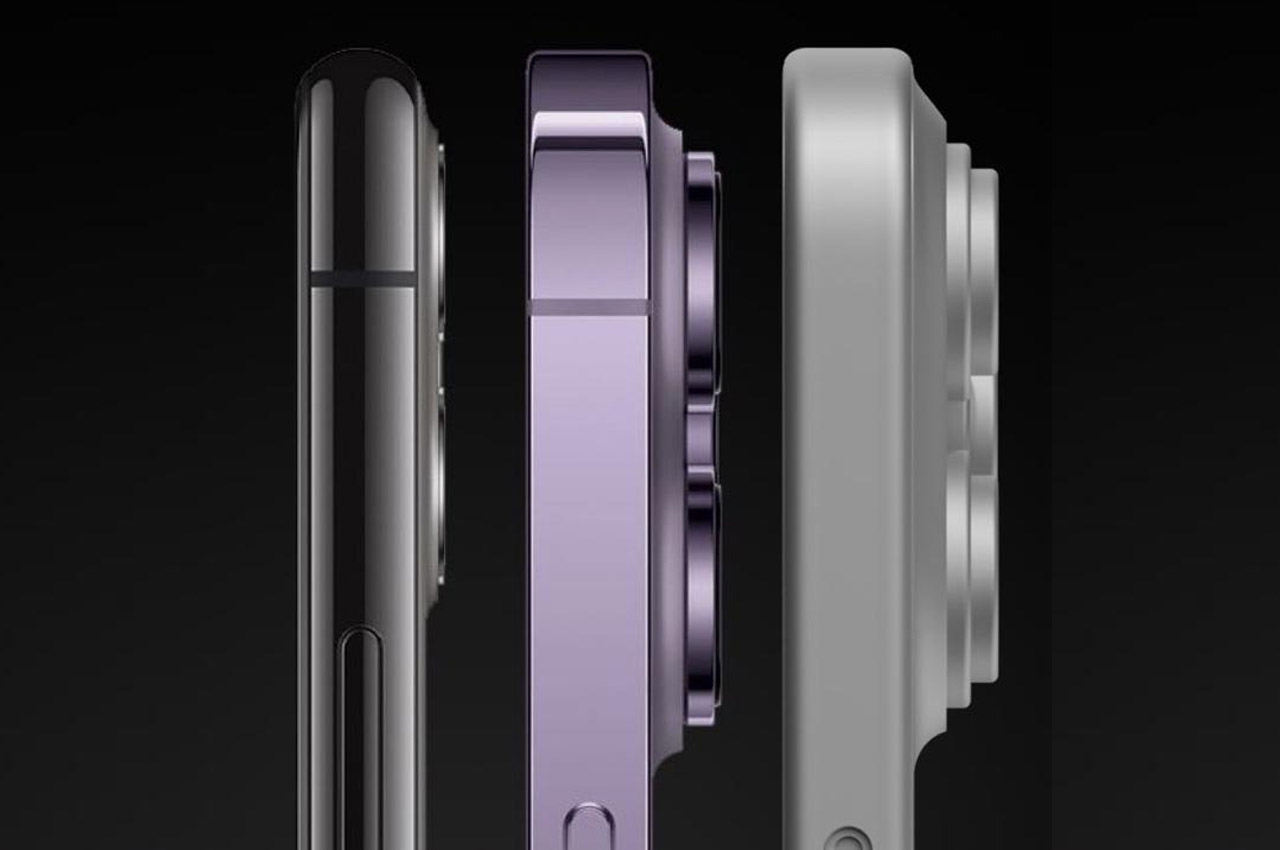

One of the ways OLED displays reduce burn-in is by automatically shutting themselves down in a matter of seconds or after a few minutes of disuse. Since the iPhone 15 Pro and Pro Max feature a setting that lets you keep your display on indefinitely, using such a feature – before the system can handle it on a software level, mind you – may be a cause of OLED burn-in. This is especially the case when you mix it with resource-draining games and 2000-nit brightness settings.
It may not be the sole cause of harm, but your best bet is keeping the Always On Display setting turned off – at least until iOS 17.1 exits beta and becomes generally available.
5. Manufacturing defects in the OLED panel
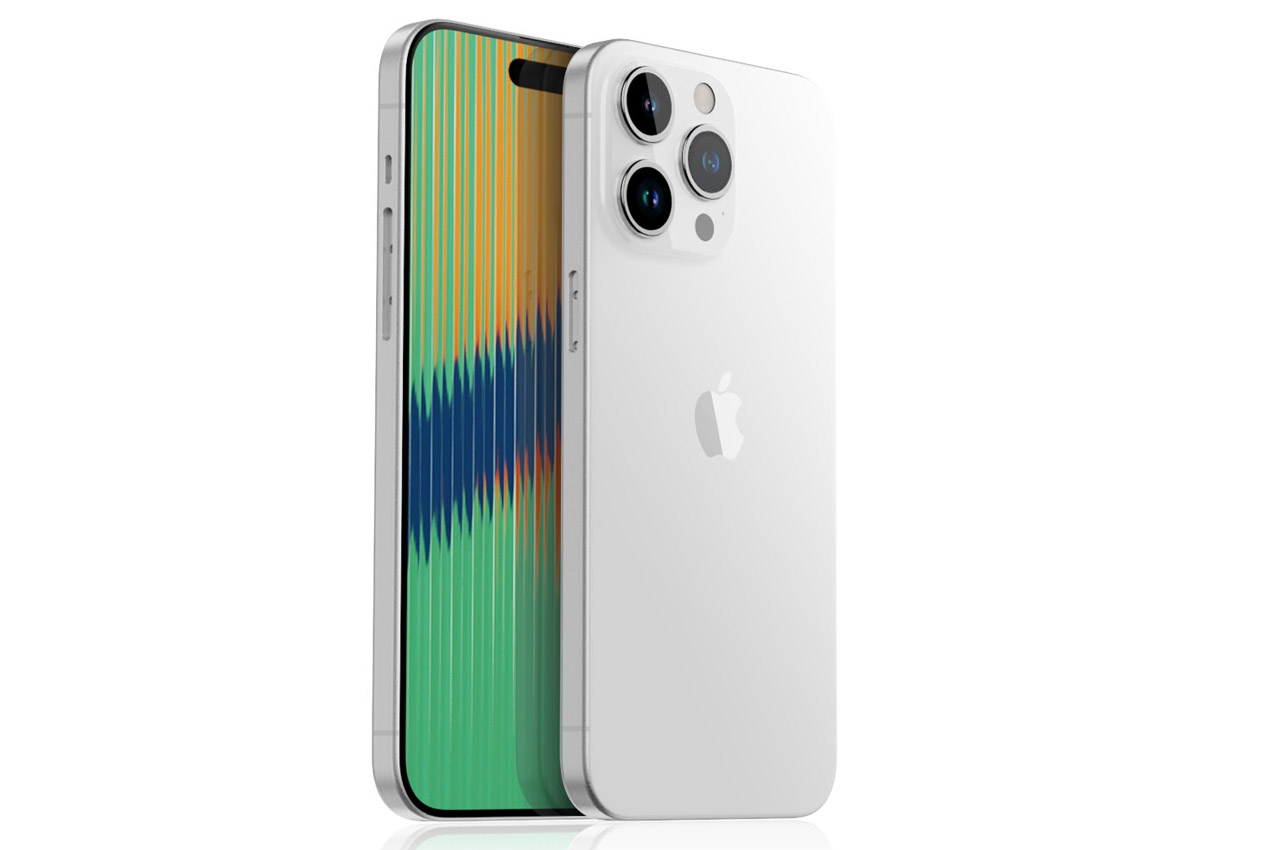
Manufacturing defects are a fact of life. Apple is generally very good at shipping products rated to the maximum assurance of quality, but you can’t prevent defects 100% of the time – no matter who you are. OLED displays are notoriously more sensitive to burn-in than regular displays, and though it’s unlikely, a bad batch of iPhone 15 Pro and Pro Max units could be the culprit for widespread burn-in.
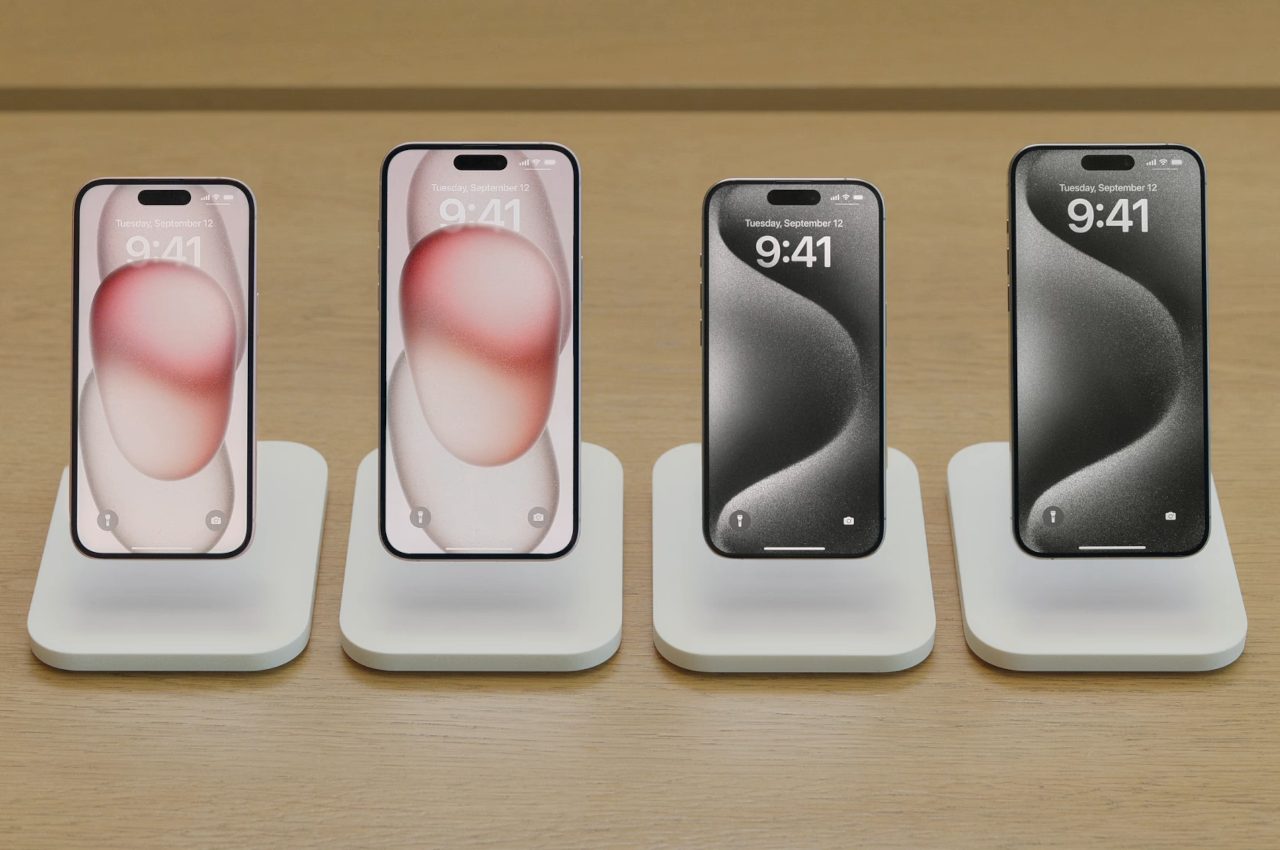

The post 5 potential causes of the iPhone 15 Pro Max screen burn-in issue ahead of iOS 17.1 first appeared on Yanko Design.
from Yanko Design

0 Comments